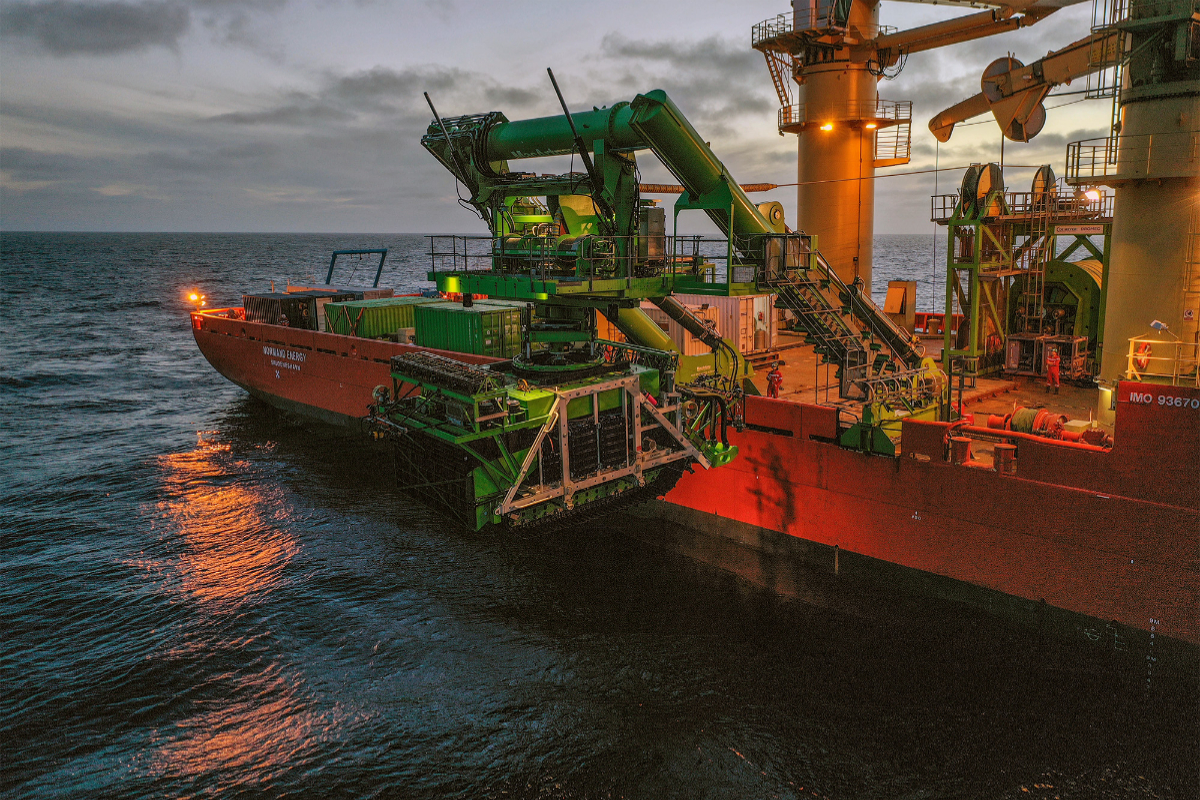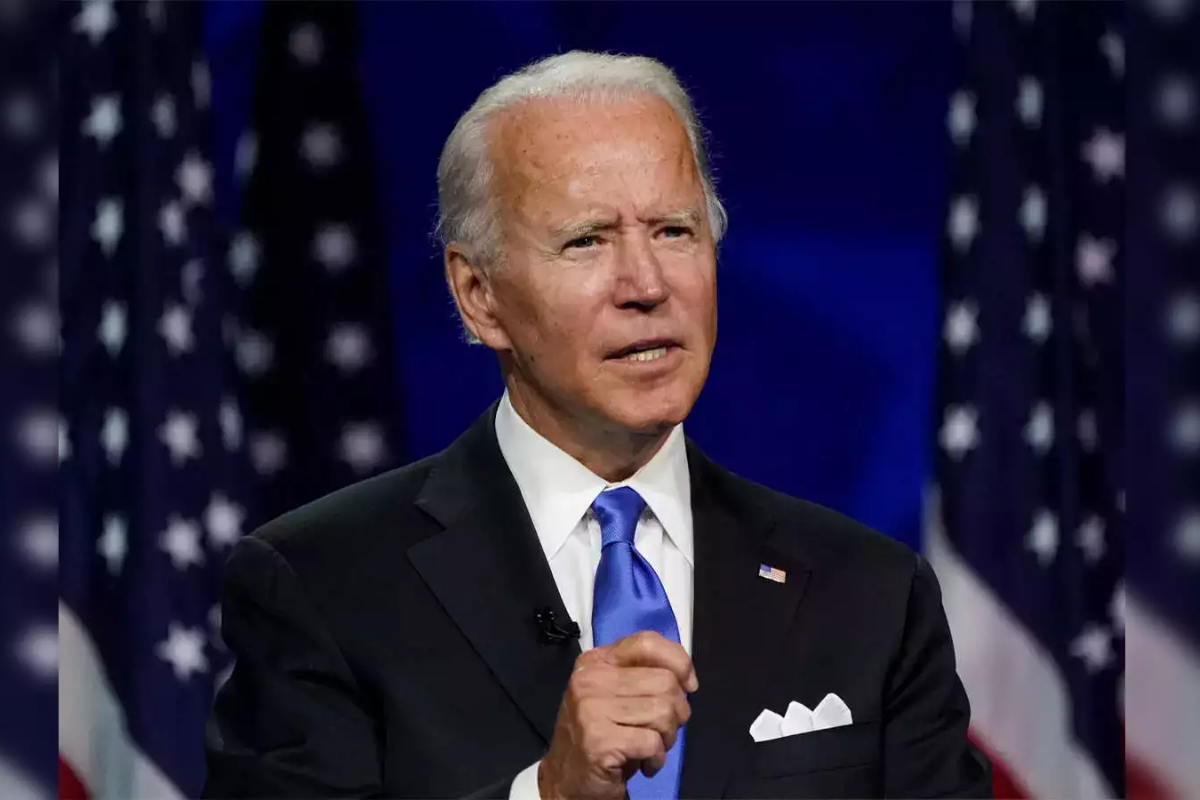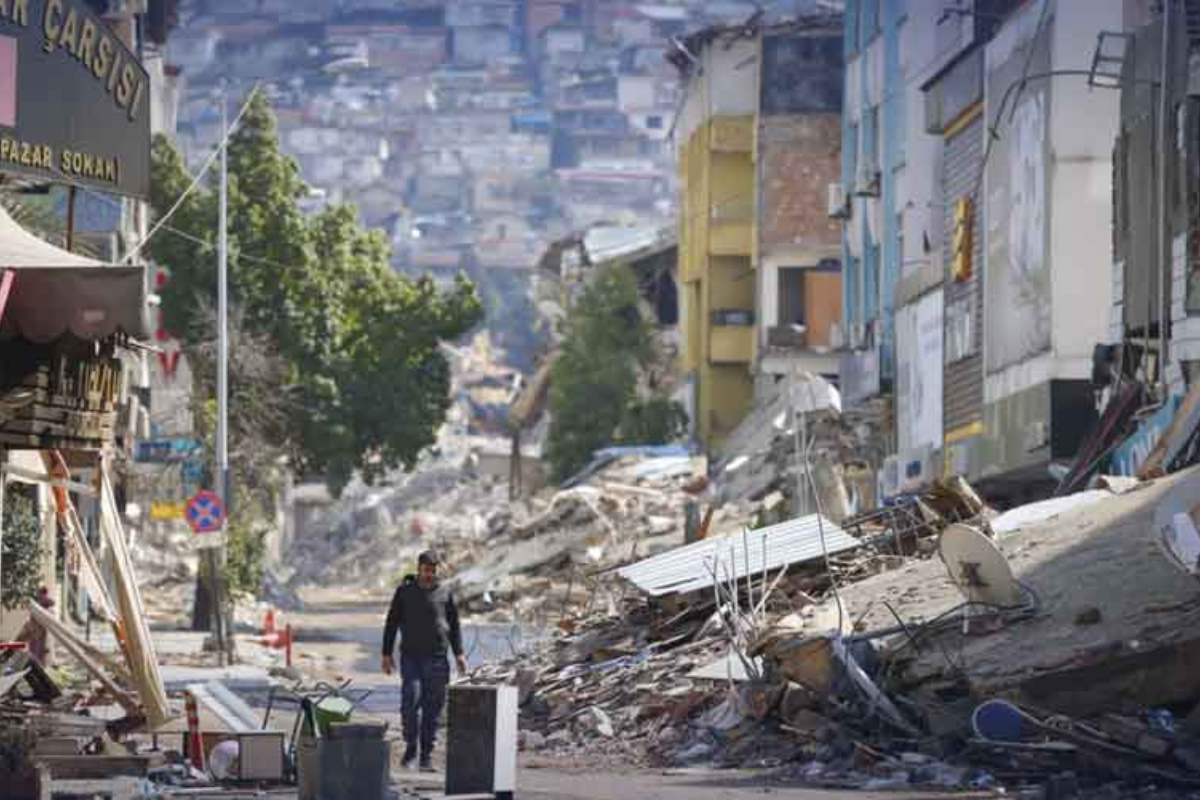- Canada will not allow seabed mining until a “rigorous regulatory structure” is in place.
- Deep-sea mining proponents assert can easily be dug up from the seafloor.
- Scientists and conservation organizations are concerned about poor marine systems.
On Thursday, the government of Canada declared it would not allow the mining of seabed under its control until a “rigorous regulatory structure” was in place.
The interministerial declaration was made as the fifth International Marine Protected Areas Congress (IMPAC5), which started last Friday, came to a close in Vancouver.
According to the statement from the ministers of Natural Resources and Fisheries and Oceans, “Canada does not currently have a domestic legal framework that would permit seabed mining.”
“In the absence of such a framework… Canada will not authorize seabed mining in areas under its jurisdiction,” the two added.
Deep-sea mining proponents assert that nickel and cobalt pellets, which are used in electric car batteries, can easily be dug up from the seafloor, reducing our dependency on fossil fuels.
However, scientists and conservation organizations are concerned that this might completely destroy poorly understood marine systems that are vital to controlling the climate.
[embedpost slug = “/after-finding-record-levels-of-plastic-nurdles-on-beaches-environmentalists-urge-stricter-laws/”]
A significant new marine protected area will be established in the Pacific Ocean, stretching from the top of Vancouver Island to the Canadian border with Alaska, according to plans released by Ottawa on Wednesday.
The new strategy, which was endorsed by a number of Indigenous organizations as well, moves Canada closer to its target of safeguarding 30% of its land and ocean by 2030, which was set during the landmark Montreal Biodiversity Summit in December.
Environment Minister Steven Guilbeault stated that these “concrete initiatives” demonstrate that Canada’s 30-percent pledge is “more than a rhetoric.”
They “say very clearly: this is how we maintain healthy ocean ecosystems for generations to come.”
According to the World Wildlife Fund, including Indigenous people in the planning and execution of the ideas is “an important step in advancing both marine conservation and Indigenous reconciliation.”
More than 64 species of fish, 70 species of seabirds, 30 species of marine mammals, including killer whales, sea otters, and dolphins, and 52 species of invertebrates, including mollusks, sea urchins, and octopuses, reside in the proposed protected area.
[embedpost slug = “/haunting-graveyard-of-ships-in-brazil-poses-environmental-threat-activists/”]





















